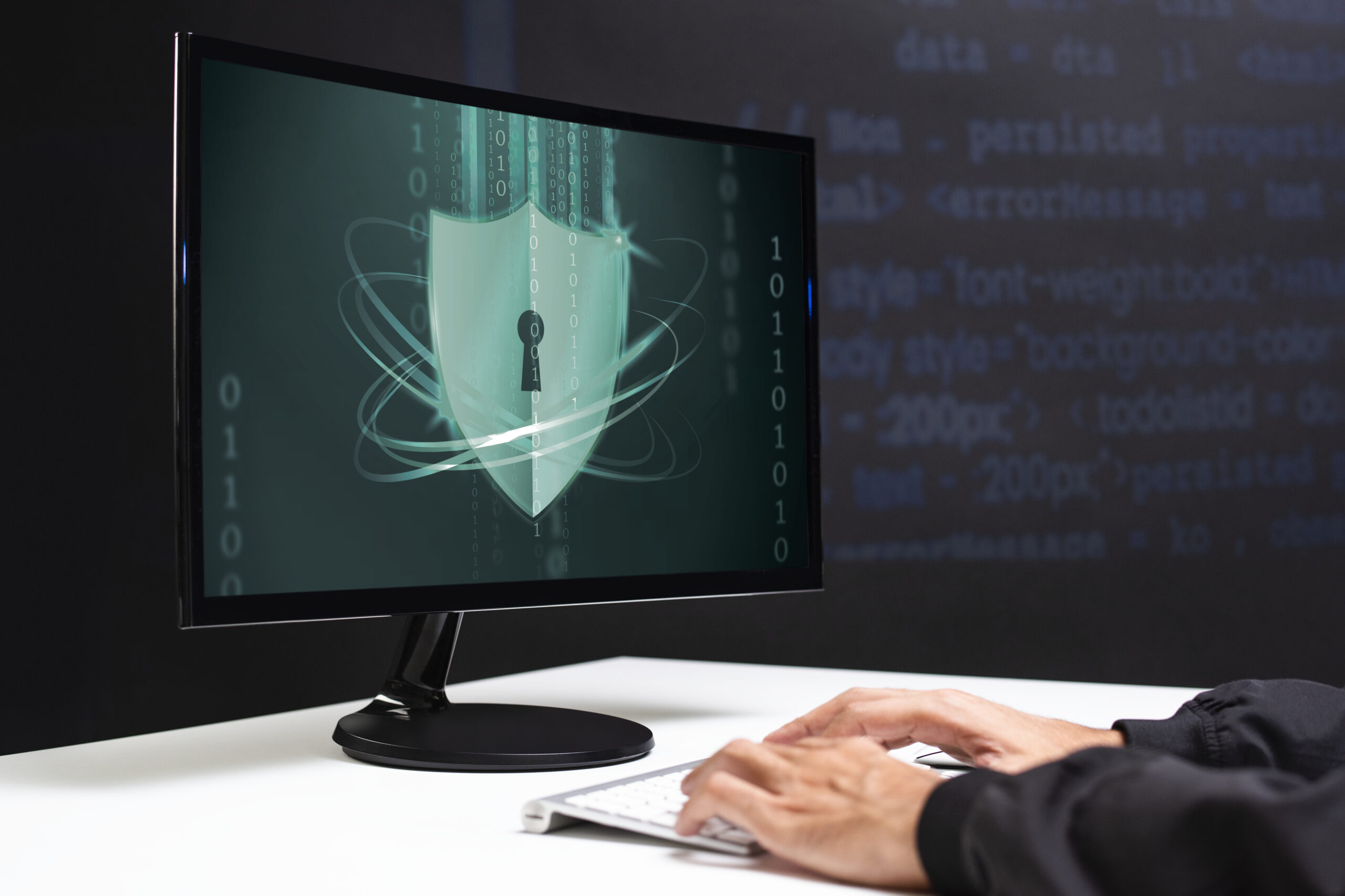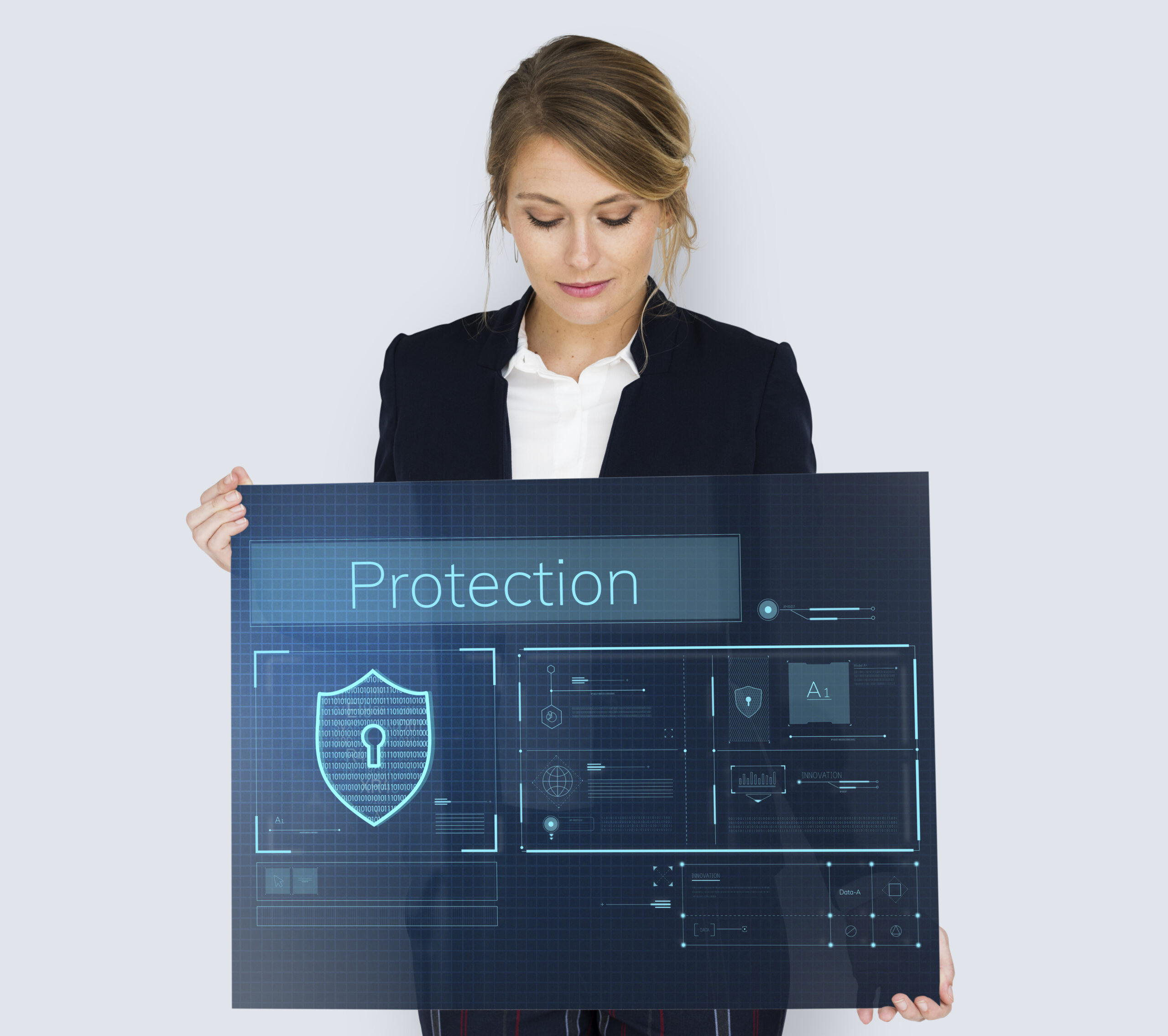Picture this: You wake up, grab your coffee, and open your laptop—only to find all your files locked. A chilling message flashes: “Pay $5,000 in Bitcoin, or your data is gone forever.” Your heart sinks.
This isn’t some Hollywood hacker movie. It’s real life—and it happens to thousands of people every day. The scary truth? Most cyberattacks succeed because people ignore basic security steps.
But here’s the good news: You don’t need to be a tech genius to protect yourself. In this guide, I’ll walk you through exactly how to secure your computer ExcnTech-style—with simple, actionable steps that even your grandma can follow.
By the end, you’ll be locked down tighter than Fort Knox. Let’s dive in.
Why You Need to Know How to Secure Your Computer ExcnTech
Before we get into the how, let’s talk about the why.
- Cybercrime is exploding. In 2024, a hacker attack happens every 39 seconds. (Yes, you read that right.)
- You are a target. Hackers don’t just go after big companies—they prey on everyday users with weak security.
- The cost? Identity theft, drained bank accounts, and even permanent loss of precious photos and files.
Think of it like this: Leaving your computer unprotected is like leaving your front door wide open with a sign that says, “Take whatever you want.”
Ready to shut that door? Let’s get to work.
How to Secure Your Computer ExcnTech – The Ultimate Checklist
Step 1: Update Everything (Yes, Even That Annoying Pop-Up!)
Fact: 90% of successful hacks exploit outdated software.
Those “Update Available” notifications aren’t just annoying—they’re your first line of defense. Here’s what to do:
- Turn on automatic updates for:
- Windows/macOS (Go to Settings > Update & Security)
- Your browser (Chrome, Firefox, Edge)
- All apps (Especially Adobe, Java, and Zoom—hackers love these)
- Pro Tip: Set a monthly reminder to manually check for updates.
“Updates are like free armor. Skipping them is like going to battle in pajamas.”
Step 2: Fortify Your Passwords (No, “123456” Doesn’t Count)
Let’s be honest: Your password is probably terrible. (If it’s your pet’s name + “123,” hackers will crack it in seconds.)
Here’s how to fix it:
✅ Use a password manager (Like Bitwarden or LastPass) – Stores all passwords securely.
✅ Enable Two-Factor Authentication (2FA) – Even if hackers get your password, they can’t get in.
✅ Try passphrases – “PurpleTigerEatsPizza$2024!” is stronger than “P@ssw0rd.”
“If your password is easy to remember, it’s easy to hack.”
Step 3: Install a Reliable Antivirus (& Actually Use It!)
Myth: “Macs don’t get viruses.”
Reality: Every device is at risk.
- Free option: Windows Defender (Good for basics).
- Paid (worth it): Bitdefender or Malwarebytes (Blocks ransomware, spyware, and zero-day attacks).
- Scan weekly – An antivirus is useless if you never run it.
“Think of antivirus as a guard dog. If it’s not active, burglars walk right in.”
Step 4: Lock Down Your Network (Stop Hackers at the Door)
Your Wi-Fi is a hacker’s favorite entry point. Here’s how to seal it shut:
- Change your router’s default password (Most people never do this!).
- Use WPA3 encryption (Older WEP/WPA2 can be cracked in minutes).
- Get a VPN (Especially on public Wi-Fi – I recommend NordVPN or ProtonVPN).
“An open Wi-Fi network is like shouting your credit card number in a coffee shop.”
Step 5: Backup Like Your Life Depends on It (Because It Does)
Fact: 60% of small businesses hit by ransomware shut down within 6 months.
Don’t gamble with your data. Follow the 3-2-1 Rule:
- 3 copies of your data
- 2 different formats (Cloud + external hard drive)
- 1 offsite backup (In case of fire/theft)
Best Backup Tools:
- Free: Google Drive, OneDrive
- Paid (set-and-forget): Backblaze, Carbonite
“The only people who regret backups are the ones who didn’t make them.”
Extra ExcnTech Security Hacks for Paranoid Users
Want to go next-level secure? Try these:
🔒 Disable unused services (Like Remote Desktop—hackers love these).
🔒 Encrypt your hard drive (BitLocker for Windows, FileVault for Mac).
🔒 Beware of phishing emails – If an email says “Urgent! Click now!”, it’s probably a scam.
“Hackers love low-hanging fruit. Don’t be the easiest target.”
Final Thoughts – Stay Safe, Stay Smart
Securing your computer isn’t about being paranoid—it’s about being smart. Follow these steps, and you’ll be safer than 99% of people online.
Your Action Plan:
- Update everything (Right now—I’ll wait).
- Install a password manager (Seriously, do it today).
- Set up backups (Before it’s too late).
Which step are you tackling first? Drop a comment below—I’d love to hear from you!
FAQs: How to Secure Your Computer ExcnTech
Q1: How often should I update my software?
A: At least once a month—or enable auto-updates for hassle-free security.
Q2: Is Windows Defender enough, or do I need another antivirus?
A: For most users, Windows Defender + common sense is fine. But if you visit risky sites, upgrade to Bitdefender or Malwarebytes.
Q3: Can hackers break into my computer if it’s turned off?
A: No—but if it’s in sleep mode or connected to the internet, risks exist. Always shut down fully when not in use.
Q4: What’s the biggest mistake people make with computer security?
A: Reusing passwords. Once hackers get one, they get all your accounts.
Q5: How do I know if my computer has been hacked?
A: Watch for:
- Slow performance
- Strange pop-ups
- Unauthorized logins
If something feels off, run a malware scan ASAP!
Picture this: It’s 2 AM. You’re binge-watching cat videos when—BAM!—your screen flashes red. A skull-and-crossbones pops up. “All your files are encrypted. Pay $1,000 in Bitcoin or lose everything.”
Your stomach drops.
Turns out, your cousin sent you a “funny game” link last week, and you clicked it without thinking. Big mistake.
The scary truth? Cyberattacks don’t just happen to “other people.” They happen to you—when you least expect it.
But here’s the good news: You don’t need to be a cybersecurity expert to stay safe. In fact, with a few simple habits, you can secure your computer excntech—without turning into that paranoid friend who thinks the NSA is watching through their webcam.
Let’s dive in.
1. The Mystery Begins: How Did Miocreate Meo Get on My PC?
I retraced my steps. The day before, I’d downloaded a free PDF converter (because who pays for those, right?). I remember rushing through the installer, clicking “Next” without reading.
Big mistake.
Turns out, free software often bundles extra “bonus” apps—whether you want them or not. And Miocreate Meo was likely one of them.
How These Unwanted Apps Sneak In:
- Bundled with free software – Ever seen a pre-checked box saying “Install XYZ Toolbar”? That’s how they get you.
- Fake “Update Required” pop-ups – Some shady sites trick you into downloading junk disguised as updates.
- Malicious browser extensions – Sometimes, a simple “Allow Notifications” click can lead to unwanted installs.
- I checked my Downloads folder—nothing. Then Control Panel > Programs—there it was. Miocreate Meo, installed two days ago.
Ugh.
2. What Is Miocreate Meo? (And Should You Worry?)
At this point, I had two questions:- What even is this thing?
- Is it stealing my data or just annoying me?
- After some digging, I found that Miocreate Meo might be related to MioCreate AI, a legitimate design tool. But the version I got? Probably bloatware.
Is It Dangerous?- Annoying? Yes. (Pop-ups, slower PC)
- Malware? Not necessarily, but it could collect data.
- Worth keeping? Absolutely not.
- I ran a quick Malwarebytes scan just to be safe. (Spoiler: No viruses, but still—better paranoid than sorry.)
3. How to Remove Miocreate Meo from Your Computer
Time for the fun part: kicking it off my PC. Here’s how I did it (and how you can too):
Step 1: Uninstall It Properly- Windows:
- Open Control Panel > Programs > Uninstall a Program
- Find Miocreate Meo, click Uninstall
- Mac:
- Drag it from Applications to Trash
- Windows:
- Step 2: Check Your Browser Extensions
- Open Chrome/Firefox/Edge > Extensions
- Remove anything suspicious (especially if you don’t recognize it)
- Step 3: Run a Malware Scan
- Use Malwarebytes (free version works) or Windows Defender
- Let it scan & remove any hidden junk
- Step 4: Clean Up Leftover Files
- Use Disk Cleanup (Windows) or CCleaner to wipe temporary files
- Result? My PC was back to normal—no more weird pop-ups.
4. How to Avoid Unwanted Software in the Future
I learned my lesson: Always read before clicking “Next.” Here’s how to dodge sneaky installs:
Download from official sites only (No shady “Download Now” buttons)
Uncheck “Additional Offers” during installs (They love hiding extras)
Use an ad-blocker (Fewer fake “Your PC is infected!” scams)
Keep your antivirus active (Windows Defender is better than nothing)
Final Thoughts: Mystery Solved!
So, how did I get Miocreate Meo on my computer? Simple: I didn’t pay attention during an install.
The good news? It’s usually harmless (just annoying). The better news? It’s easy to remove.
Moral of the story? Slow down when installing software. Your PC will thank you.
FAQs About Miocreate Meo
Q: How to use MioCreate for free?
If you’re looking for the real MioCreate AI (not the bloatware version), check their official site for free trials. Some features may be limited without a paid plan.
Q: What is similar to MioCreate AI?
If you want alternatives, try:
- Canva AI (Easy drag-and-drop designs)
- DALL-E / Midjourney (For AI-generated art)
- Adobe Firefly (Great for creative projects)



